Pipelines get dirty during construction and regular operations. They can also get damaged due to mechanical handling, corrosion, environmental factors. It is necessary to clean and inspect pipeline regularly. As pipelines are burried underground or under water, only way to clean or inspect them is through pigging. Following articles will help you understand pipeline pigging.
Tags : #Piping_Engineering #Pipeline_Engineering #Pipeline_Pigging #Intelligent_Pigs #Spherical_Tees
INDEX
Pipeline Pigging Operation
All pipelines shall be suitable to pass pigs, even if pig traps are not permanently installed. Pigging should be used for the pre-commissioning, commissioning and decommissioning of pipelines, cleaning and corrosion control (removal of wax, debris and stagnant liquids, batch inhibition), the control of liquid hold-up in gas lines, inspection with intelligent pigs, and pipeline repairs if required.
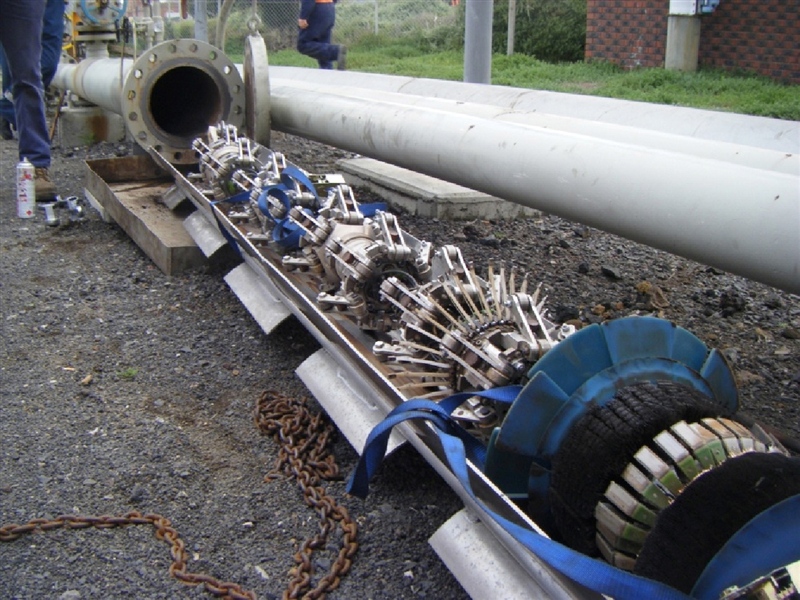
Permanent pigging facilities should be justified based on an analysis of pigging frequency and operational constraints. The maximum acceptable distance between pigging stations should be decided on the basis of anticipated pig wear and amount of collected solids.
The use of spheres should be limited to batch inhibition and to liquids removal in two-phase lines. Spheres may be considered when automatic launching is envisaged, or for pigging of branch lines, when the use of conventional pigs is not possible.
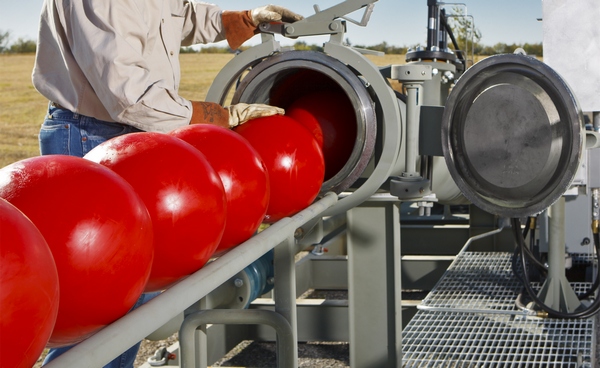
Permanent pig signallers should only be fitted when frequent pigging operations are anticipated. Otherwise, temporary strap-on pig signallers or pig location devices should be used. Ancillary equipment should be flush mounted and barred tees should be used on main line sections of the pipeline.
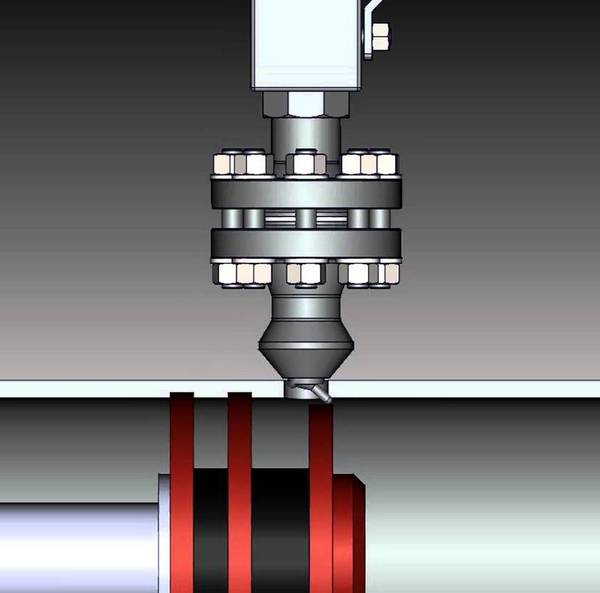
In the case of spheres, sphere tees should be used with drainage provision to prevent collection of debris and liquids which could cause corrosive conditions in the sphere tee annulus. Sphere tees should not be used subsea because of the difficulty in providing drainage. Pig trap systems for pipelines shall be designed as per company standard.
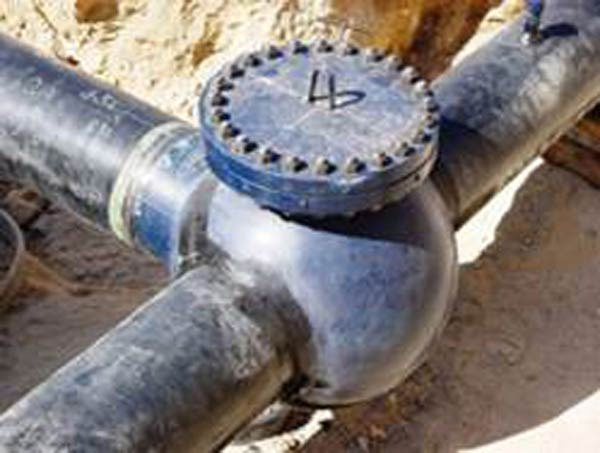
Double block and bleed
- The isolation of the main stream and of the ancillary equipment on pig traps requires careful choice of valve type and configuration to allow safe operation, maintenance and repair without depressurising or decommissioning the pipeline.
- A double block and bleed system, consisting of two separate valves in series with a bleed point in between to allow diversion to a safe location of any fluid leaking through either valve, should be used in the following situations:
- Toxic fluids, any pressure class.
- Category C fluids, and non-toxic category B and D fluids, ANSI class 600 and above.
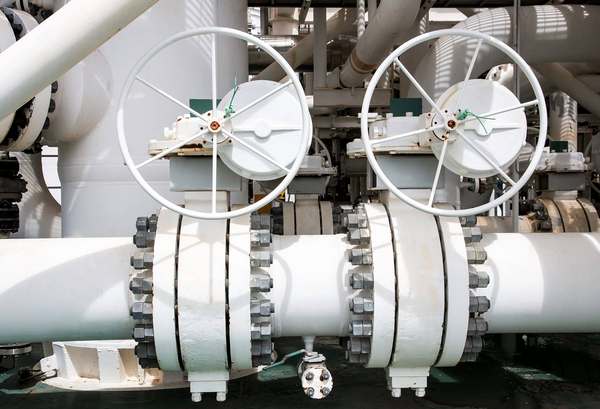
Intelligent Pigs
- The following should be considered in the design of pipelines, based on the requirements for intelligent pigging:
- The internal diameter variations of main line sections should be limited. This may require the heavy wall sections of the pipeline (e.g. risers, road or railway crossings) to be specified based on the internal diameter, instead of the outside diameter normally used.
- Where sections of different internal diameter are connected together, the chamfer angle at the transition should not exceed 14 degrees, measured from the axis of the pipe (i.e. a taper of 1:4).
- The main line valves should be full bore, i.e. same internal diameter as the pipeline.
- All main line bends should have a sufficient radius to allow passage of intelligent pigs.
- Most intelligent pigs are able to pass 3-D bends for DN400 and above, 5-D bends for sizes between DN250 and DN400. For pipe sizes below DN250, the required bends depend on the pipe internal bore (7-D to 10-D). This is only indicative.
- The Manufacturers/Suppliers of intelligent pigs should be contacted during the design stage, to ensure that the geometry of the pipeline, including the pig launcher and receiver, is adequate.
Why Pigging
- Pipeline Cleaning
- Displacement
- Internal Inspection
- Batching
Types of Pigs
- Brush Pigs
- Gauge Pigs
- Spheres
- Intelligent Pigs
Intermediate Pigging
- Intermediate Pigging (IP) stations are installed at regular intervals (as per design ~ 150 Kms.) having a Pig Launcher and a Pig Receiver with Control room, Sump tank, Basket Filters, guard room, boundary wall etc. to facilitate pigging of pipeline during routine Operation and Maintenance.
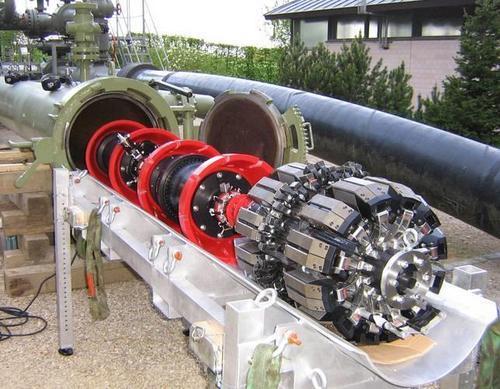
Dispatch Terminal
- Dispatch Terminal (DT) is provided at start location of pipeline to facilitate handling and pumping of the product through the pipeline.
- It comprises of Pig Launcher / Pig Receiver with Control room, Mainline & Booster Pumps (DT/PS), Sump tank, Basket Filters, guard room, Firewater system, boundary wall etc.
Receipt Terminal
Receipt Terminal is provided at end location location of pipeline to facilitate handling and pumping of the product through the pipeline.
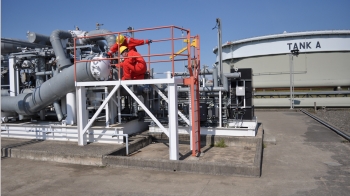
It comprises of Pig Launcher / Pig Receiver with Control room, Mainline & Booster Pumps (DT/PS), Sump tank, Basket Filters, guard room, Firewater system, boundary wall etc.
Magnetic Pigging
This is a part of pre-commissioning activity, which ensures that there is no deformity in pipeline. This is done prior to filling the line with product.
Magnetic PIG loaded with high capacity magnets spread uniformly with high density polythene four cup PIG is launched to remove ferrous debris, mill scale, electrode pieces etc.
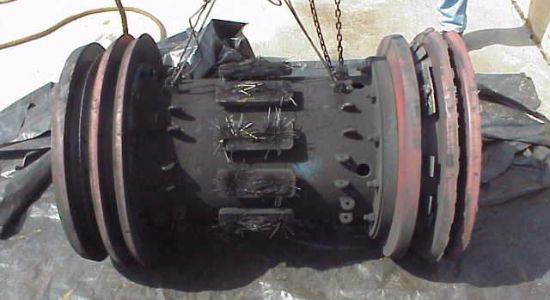
The accumulated weight of this ferrous debris is checked after running the PIG through pipeline section. When the collected weight of ferrous debris is within limit for specific length of pipeline section, the line is ready for launching EGP tool.
Electronic Geometry Pigging
After successful completion of magnetic pig run EGP tool is launched. This tool is mounted with battery operated battery device, which gives the reduction in pipeline Dia. at specific location in electronic form.
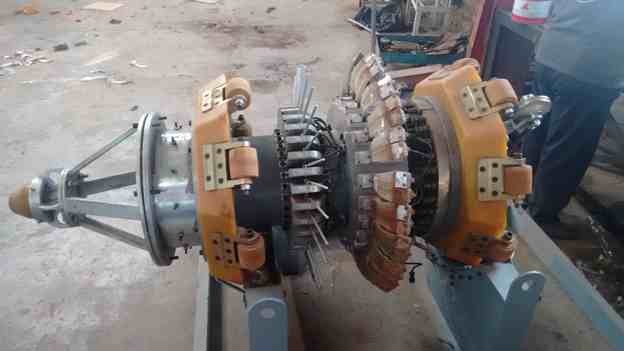
Any defect /deformity more than 3% of internal diameter of pipe (dent or ovality) is physically verified at site. Defect of more than 5% internal diameter of pipe are repaired by cutting the suitable length of pipe and re-welding and accepted after radiography.
